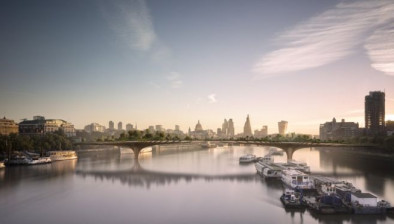And finally… One-of-a-kind bridges around the world
The Clyde Arc, Glenfinnan Viaduct and, of course, the Forth Bridge are all feats of great engineering and just a few of Scotland’s most iconic bridges.
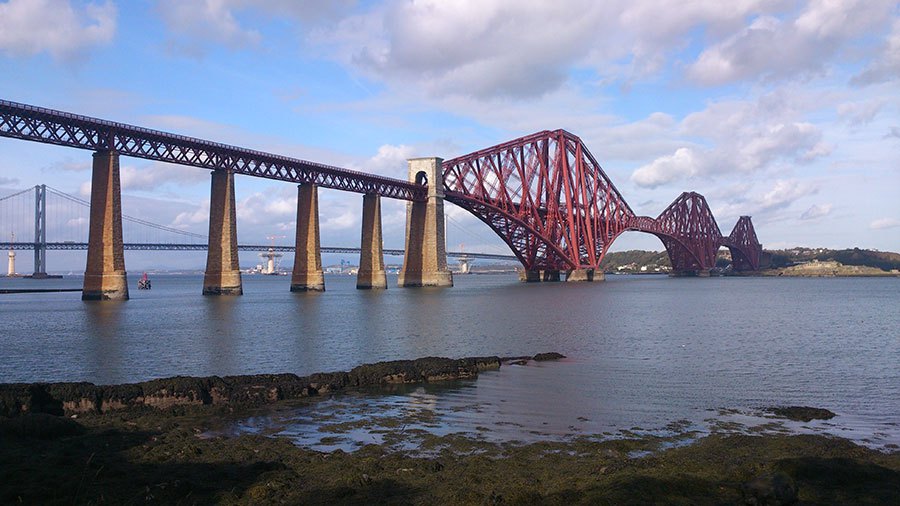
But what does the rest of the world have to offer? Structure design software suppliers Oasys provides an overview a few of the rest of the best from around the globe.
- Rolling into action
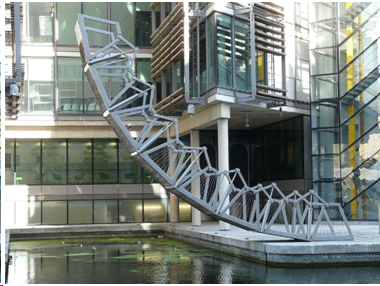
Photograph by Loz Pycock
It might be a short bridge, but what it lacks in distance it makes up for with style. Created by Heatherwick Studios, the Rolling Bridge is a steel bridge that covers an inlet in London. What makes this bridge so unique is that it can tidy itself away! When needed, this bridge curls up into an octogen shape to stand on one side of the canal until a boat passes. The bridge also curls up every day at noon, if you want to see it in action!
This bridge is certainly quirky too. The design and technology behind the bridge were purported to be inspired by the animation of the Apatosaurus in Jurassic Park, with silicon and steel mechanisms allowing for an imitation of natural movement. The structure measures in at 12 metres long, with eight triangular steel sections that can curl up thanks to a network of hydraulic rams along the bridge’s structure.
- He told you so…500 years ago
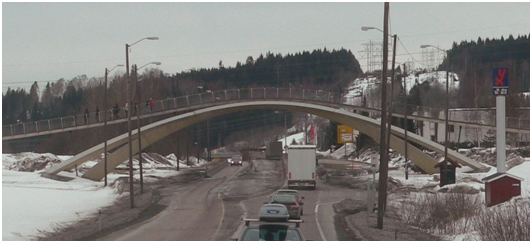
Photograph by Egil Kvaleberg
Norway’s Da Vinci bridge is long overdue in terms of its creation. This bridge was originally designed nearly 500 years ago by Leonardo da Vinci, with the intention of being built across the Golden Horn in Istanbul. The original drawing had a single span of 240 metres, but the project did not go ahead as it was believed that such a design was not feasible. Their concern was certainly understandable, as the mathematics behind the bridge’s ability to support itself would not be realised until the 19th century. Essentially, the bridge relies on the ability to support itself with each arch leaning on the other and keeping each other firmly in place.
This bridge is the first of da Vinci’s drawings to become a major feat of engineering. The bridge has just three arches to support the structure. Though the Norwegian bridge is a smaller version of the original plans, it shows that the design works — one arch under the bridge, and two arches either side leaning inwards to spread the weight. Da Vinci has certainly earned the right to say ‘I told you so’!
- With a little help from the Devil…
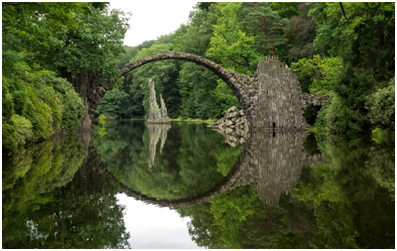
Photograph by A. Landgraf
With the bridge itself and the water below, this structure presents a perfect circle. Located in Azalea and Rhododendron Park Kromlau in the German municipality of Gablenz, the bridge is said to have been commissioned by a knight in 1860. But the rocks and stones used for its creation are jagged and spikey, so it was dangerous to cross. According to Earth Trekkers, there were other Devil’s Bridges built in the past as a masonry challenge. The idea was that only Satan himself could help with a difficult build such as these bridges, and the first human who crossed the completed bridge would pay for the Devil’s helping hand by giving up his soul. There isn’t much in the way of records regarding its construction, but the perfect semi-circle creation was certainly ahead of its time in terms of technological achievements!
No one is allowed to cross this bridge today for reasons of preservation. But it is still an oddly beautiful sight to behold!
- Patience is a virtue
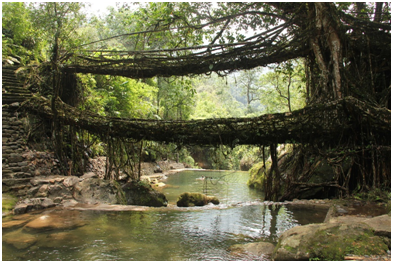
Photograph by Arshiya Urveeja Bose
Living roots bridges such as these are crafted over many years. These beautifully natural bridges were formed by guiding rubber tree roots with hollow canes so that they would grow outwards and meet from either side of a stream. The ‘technology’ behind this method is based upon the natural of the tree roots’ behaviour. The roots of the rubber tree have a preference for anchoring themselves to nearby objects, including each other! Technically, the bridges are never completed, as roots can be set towards a living roots bridge in order to support it throughout its life, or add to it.
Though their construction takes a long time, the resulting bridge can hold the weight of a person easily. They were originally made by the Khasi tribe, who realised the bamboo bridges they were building would collapse or rot after a monsoon or heavy storm.
- A dragon of many talents
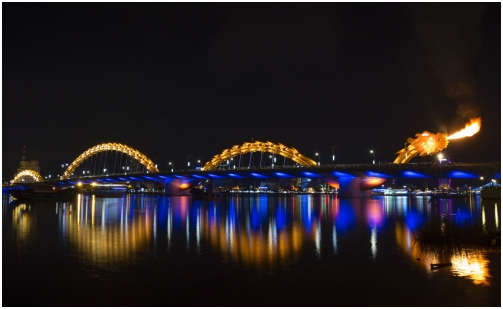
Photograph by Ehrin Macksey / Noi Pictures
Da Nang’s Dragon Bridge is a fearsome sight. The bridge is the result of an international competition by the Da Nang People’s Committee in order to improve travel in the city. The bridge has six lanes for vehicles, two lanes for pedestrians, and 2,500 LED lights. Incredibly, the Dragon Bridge is fully capable of breathing fire too. In fact, the bridge has many talents and can spout water or fire; this display is often used for special occasions in the city.
The bridge is a single-arched bridge that makes use of hybrid steel box girders. The dragon part itself is constructed from decorative plates that are placed to look like scales. The arches are fastened to the deck below with steel cabling, as well as reinforced concrete.












